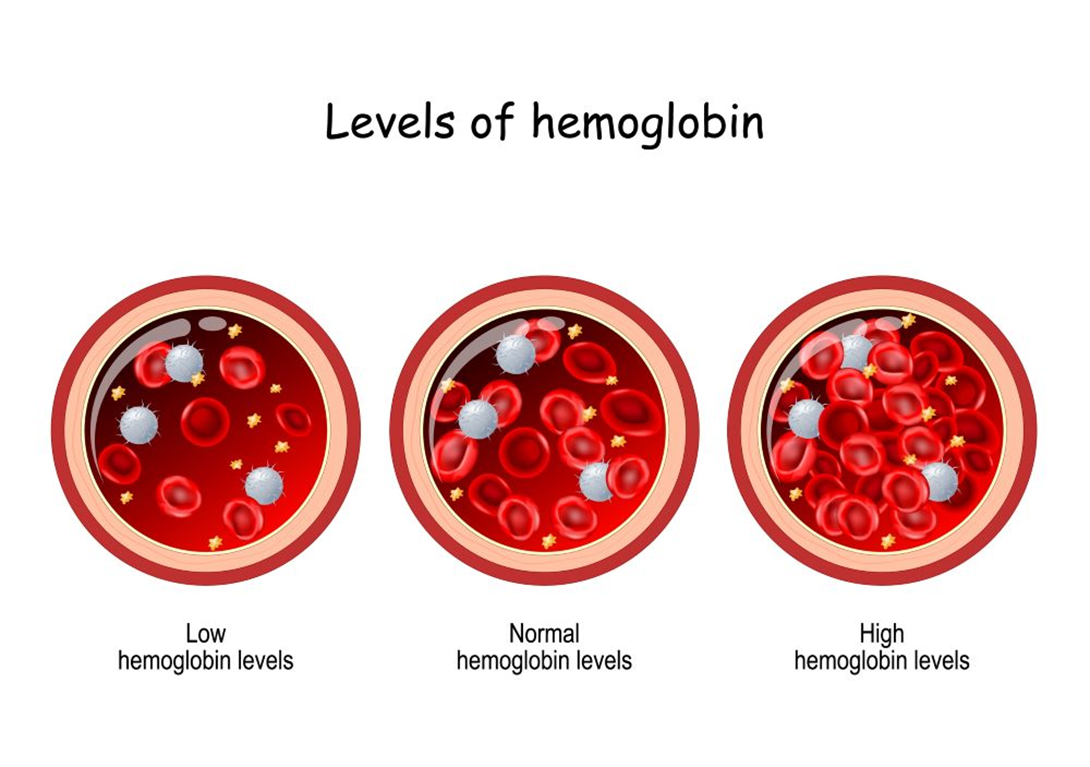A nurse on a medical-surgical unit is delegating client care. Which of the following tasks should the nurse delegate to an assistive personnel?
Suctioning a client's long-term tracheostomy
Using a pain rating scale to monitor a client's pain level
Performing a dressing change on a client's peripherally inserted central catheter
Instructing a client on self-administration of a tap water enema
The Correct Answer is B
The correct answer is: B.
Choice A reason:
Suctioning a client's long-term tracheostomy is a complex procedure that involves sterile technique and assessment skills that are beyond the scope of assistive personnel's practice. It requires clinical judgment and the ability to respond to complications, which are responsibilities typically reserved for licensed nursing staff.
Choice B reason:
Using a pain rating scale to monitor a client's pain level is a task that can be delegated to assistive personnel. It involves asking the client to rate their pain on a scale, which does not require clinical judgment or advanced skills. The assistive personnel can then report the pain level to the nurse, who will make decisions regarding pain management.
Choice C reason:
Performing a dressing change on a client's peripherally inserted central catheter (PICC) is not within the scope of assistive personnel. This task requires aseptic technique and knowledge of PICC line management to prevent infection and other complications, which are typically the responsibility of the registered nurse or licensed practical nurse.
Choice D reason:
Instructing a client on self-administration of a tap water enema involves teaching and assessment to ensure the client understands and can perform the procedure safely. This is a task that requires licensed nursing knowledge and skills to educate the client and evaluate their competency.
Nursing Test Bank
Naxlex Comprehensive Predictor Exams
Related Questions
Correct Answer is A
Explanation
Choice A reason: This is the correct choice because this information is relevant and important for the physical therapist. A hemoglobin of 5 g/dL indicates severe anemia, which can cause fatigue, weakness, shortness of breath, and palpitations. The physical therapist should be aware of the client's condition and adjust the therapy accordingly. The physical therapist should also monitor the client's vital signs, oxygen saturation, and tolerance to activity.
Choice B reason: This is not the correct choice because this information is not relevant or important for the physical therapist. A clean-catch urine test is a diagnostic test that requires the client to collect a midstream urine sample in a sterile container. The physical therapist does not need to know about this test or its results, as it does not affect the client's physical therapy.
Choice C reason: This is not the correct choice because this information is not relevant or important for the physical therapist. Opioid-induced constipation is a side effect of opioid medications that can cause abdominal pain, bloating, and difficulty passing stools. The physical therapist does not need to know about this condition or its treatment, as it does not affect the client's physical therapy.
Choice D reason: This is not the correct choice because this information is not relevant or important for the physical therapist. A new diagnosis of colorectal cancer is a serious and life-changing condition that requires medical and surgical interventions. The physical therapist does not need to know about this diagnosis or its prognosis, as it does not affect the client's physical therapy.

Correct Answer is B
Explanation
Choice A reason: A client who has gestational diabetes and is receiving biweekly nonstress tests is incorrect. Gestational diabetes requires monitoring of maternal blood glucose levels and fetal well-being. Nonstress tests are a common method of assessing fetal well-being in pregnancies complicated by conditions such as gestational diabetes. Nurses caring for clients with gestational diabetes need to understand the management of blood glucose levels, dietary considerations, insulin administration if needed, and fetal monitoring techniques. This requires obstetrical-specific knowledge and expertise.
Choice B reason: A primigravida client who is 1 day postoperative following a Cesarean section and has a PCA pump is correct. This client is postoperative following a Cesarean section and is likely in need of pain management through a PCA pump. Postoperative care after a Cesarean section involves monitoring for signs of complications such as infection, bleeding, and wound healing, as well as managing pain effectively. While nurses with medical-surgical experience may be familiar with PCA pumps, the postoperative care of a cesarean section client involves obstetrical-specific considerations such as uterine monitoring, assessment of lochia (vaginal discharge after childbirth), and breastfeeding support.
Choice C reason: A client who is at 32 weeks of gestation and has premature rupture of membranes is not an appropriate assignment for the RN who has floated from a medical-surgical unit, as it involves a high-risk pregnancy that needs close monitoring and intervention to prevent preterm labor and infection. The charge nurse should assign this client to an RN who is competent in the obstetrical unit.
Choice D reason: A multigravida client who has preeclampsia and is receiving misoprostol for induction of labor is not an appropriate assignment for the RN who has floated from a medical-surgical unit, as it involves a complex and potentially life-threatening condition that requires frequent assessment and intervention to prevent eclampsia, hemorrhage, and fetal distress. The charge nurse should assign this client to an RN who is proficient in the obstetrical unit.
Whether you are a student looking to ace your exams or a practicing nurse seeking to enhance your expertise , our nursing education contents will empower you with the confidence and competence to make a difference in the lives of patients and become a respected leader in the healthcare field.
Visit Naxlex, invest in your future and unlock endless possibilities with our unparalleled nursing education contents today
Report Wrong Answer on the Current Question
Do you disagree with the answer? If yes, what is your expected answer? Explain.
Kindly be descriptive with the issue you are facing.
